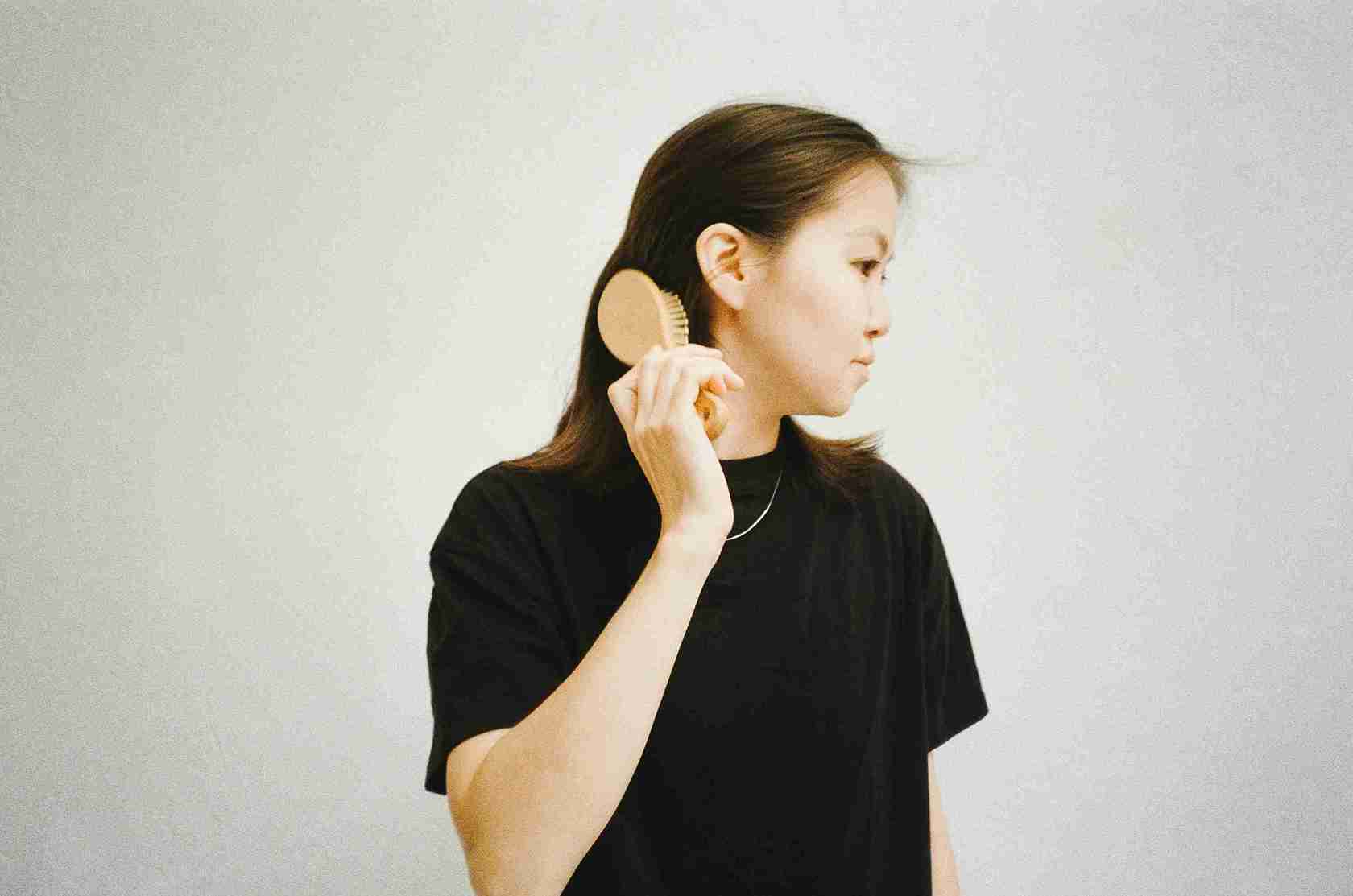Dealing With Hair Loss? Here Are 3 Possible Explanations

Experiencing hair loss can be a source of stress and confusion, prompting questions about its root causes. Although it’s a common concern, the factors contributing to hair loss are diverse.
3 Possible Explanations for Hair Loss
This blog post delves into three possible explanations for hair loss. Its aim is to shed light on these causes and offer guidance on how to tackle the issue. By understanding the underlying reasons, you can take informed steps toward addressing your hair loss.
Hormonal Changes and Imbalances
One of the most common causes of hair loss is hormonal changes. These changes can occur during pregnancy, menopause, or as a result of thyroid disorders. For example, during menopause, the decrease in estrogen levels can lead to thinning hair. Similarly, thyroid imbalances can either slow down hair growth or cause hair to fall out more rapidly. Understanding the hormonal factors at play can be the first step in addressing hair loss effectively.
In addition to these factors, polycystic ovary syndrome (PCOS) is another hormonal condition that can lead to hair loss in women. This syndrome is characterized by an excess of male hormones, or androgens, which can result in thinning hair on the scalp and increased hair growth on the face and body.
Stress can also play a significant role in hormonal imbalances, leading to a condition known as telogen effluvium, where hair shifts from the growing phase to the resting phase and eventually falls out.
Fortunately, in many cases, addressing the underlying hormonal issue can help to stabilize hair growth and reduce hair loss. It’s important for individuals experiencing hair loss to consult with a healthcare provider to determine if hormones might be the culprit and explore potential treatment options.
Genetic Predisposition: Understanding Androgenetic Alopecia
Androgenetic alopecia, also known as male or female pattern baldness, is a hereditary condition that affects both men and women. It is characterized by a predictable pattern of hair loss, typically starting at the temples or crown of the head. This condition is linked to the sensitivity of hair follicles to dihydrotestosterone (DHT), a derivative of the male hormone testosterone.
While it is more commonly associated with men, women can also experience this type of hair loss. Women are particularly prone to it after menopause when the balance of hormones shifts.
Treatment options for androgenetic alopecia vary depending on the severity of the condition and the individual’s preferences. Topical treatments like minoxidil can stimulate hair growth and slow down the progression of hair loss. Oral medications such as finasteride work by blocking the production of DHT, although this is typically prescribed for men due to potential side effects in women.
Low-level laser therapy is another option that uses light to stimulate hair growth. For those seeking more permanent solutions, hair transplant surgery can redistribute hair from thicker areas of the scalp to areas that are thinning.
Autoimmune Disorders and Alopecia Areata
Alopecia areata is an autoimmune disorder that causes the body’s immune system to attack healthy hair follicles, leading to hair loss. Women with Alopecia Areata may experience patchy hair loss or total baldness. While the exact cause of alopecia areata is unknown, it is believed to be triggered by a combination of genetic and environmental factors. Treatments for this condition vary, but they often aim to suppress the immune system’s attack on hair follicles.
Corticosteroids are commonly used to treat alopecia areata, as they can help reduce inflammation and suppress the immune response. These can be applied topically, injected into the scalp, or taken orally. Another treatment option is topical immunotherapy, which involves applying chemicals to the scalp to provoke an allergic reaction, which in turn can stimulate hair growth.
JAK inhibitors, a newer class of medications, have shown promise in treating alopecia areata by targeting the pathway involved in the immune response. Additionally, psychological support and counseling can be beneficial for individuals coping with the emotional impact of this condition.
Read More: Seasonal Hair Loss: What Causes It and How to Prevent It
Conclusion
Dealing with hair loss can be challenging. From hormonal fluctuations and genetic causes to autoimmune responses, each cause of hair loss requires a tailored approach. Unlocking the secrets behind your hair loss is the first step toward regaining control. Don’t hesitate to seek the expertise of a healthcare professional who can guide you through this journey and help you find the right solutions. Remember, every strand tells a story, and understanding yours is the key to turning the page.
Follow Top and Trending on Google News and receive the latest alerts and the main news about apps, technology, beauty, entertainment, and all the top 10 related posts.
